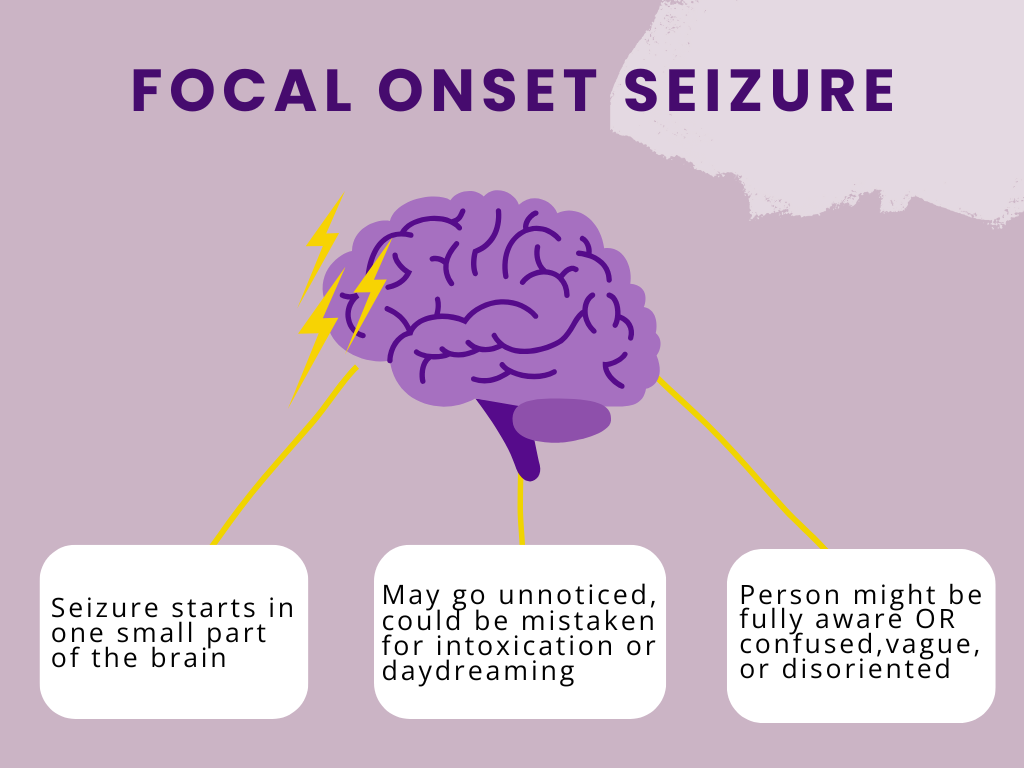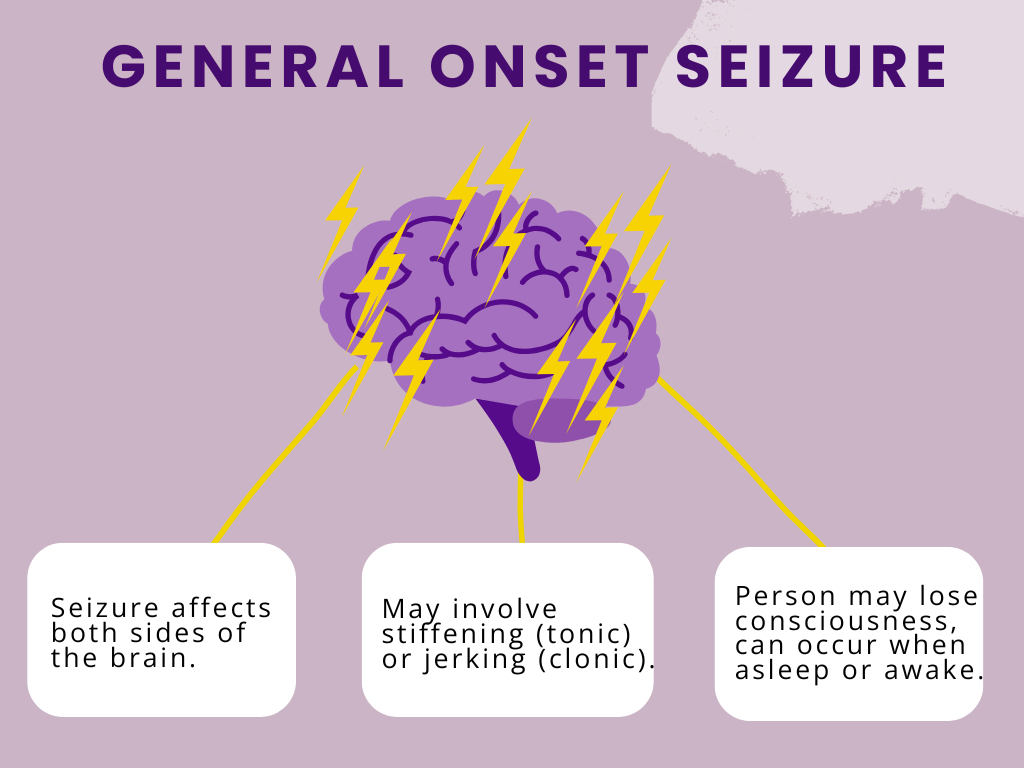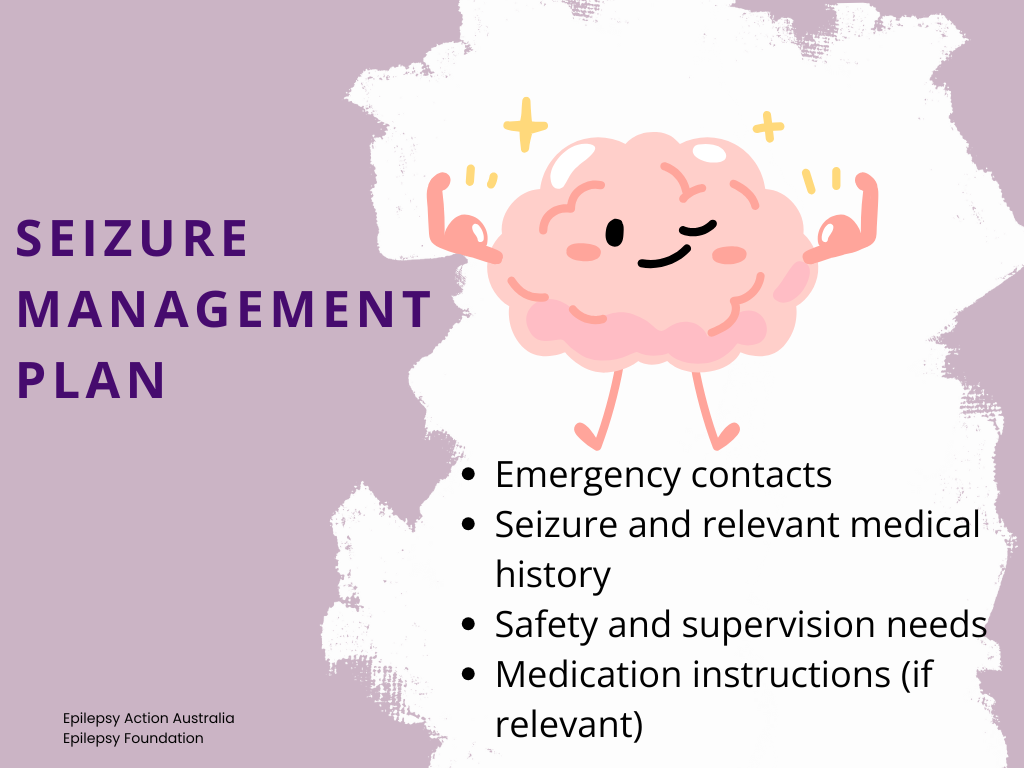Understanding Epilepsy
Learning about the kinds of seizures, managing the symptoms, and knowing what resources are available help minimize fear and stigma, while providing support.

Learning about the kinds of seizures, managing the symptoms, and knowing what resources are available help minimize fear and stigma, while providing support.

A burst of sudden electrical activity in the brain is known as a seizure. Epilepsy is defined as two seizures occurring within 24 hours of each other and with no known cause. There are many kinds of seizures, and they range from 30 seconds to two minutes. However, a seizure over five minutes is considered a medical emergency.

A seizure that occurs in one part of the brain is called focal onset. These seizures can manifest in various ways, with symptoms ranging from subtle sensory disturbances to more pronounced motor movements and altered consciousness (Ighodaro, Maini, Arya, & Sharma, Focal Onset Seizure 2023). Diagnosis includes clinical evaluation, neuroimaging, and electroencephalography. For some who experience a focal onset seizure, they may have awareness or partial awareness of what is happening. According to the NIH and the National Library of Medicine, a focal onset seizure can manifest in abnormal sustained contractions and posturing of the limbs, which are traits of tonic movements. Clonic movements mean repeated, short contractions of various muscle groups. The person experiencing the seizure will have twitching movements or rhythmic jerking. After the seizure, some patients may experience localized paralysis.
A general onset seizure begins on both sides of the brain at the same time. According to the CDC, they often cause a loss of consciousness or awareness. A person’s muscles may have a combination of stiffening, relaxing, spasming, shaking, or jerking. The older term for these seizures, called “grand mal” is now referred to “tonic-clonic”. Tonic is when muscles become stiff and clonic is a period of rhythmic shaking or jerking movements. A general onset seizure can also cause a person to cry out, lose consciousness and fall down to the ground.


The Epilepsy Foundation provides extensive resources and information on living with epilepsy. They help people identify triggers and incorporate lifestyle changes. Triggers are not the same for everyone. However, some common triggers include missed medicine, lack of sleep, stress, flashing lights, alcohol, and nutritional factors. Adapting to a healthy lifestyle that prioritizes nutrition, sleep, and stress management can help minimize triggers that lead to seizures. In addition, the Foundation provides support groups, programs, and services to assist with employment, medical care, and mental health. Their website provides information on the importance of creating a management and preparedness plan. It includes first aid, safety, action plans, seizure drills, health care teams, and lifestyle management.
An interview with the Epilepsy Foundation's Central and South Programs and Services Director, Christine Zuniga, highlights the valuable resources and tools they provide to people with epilepsy and seizure disorders.